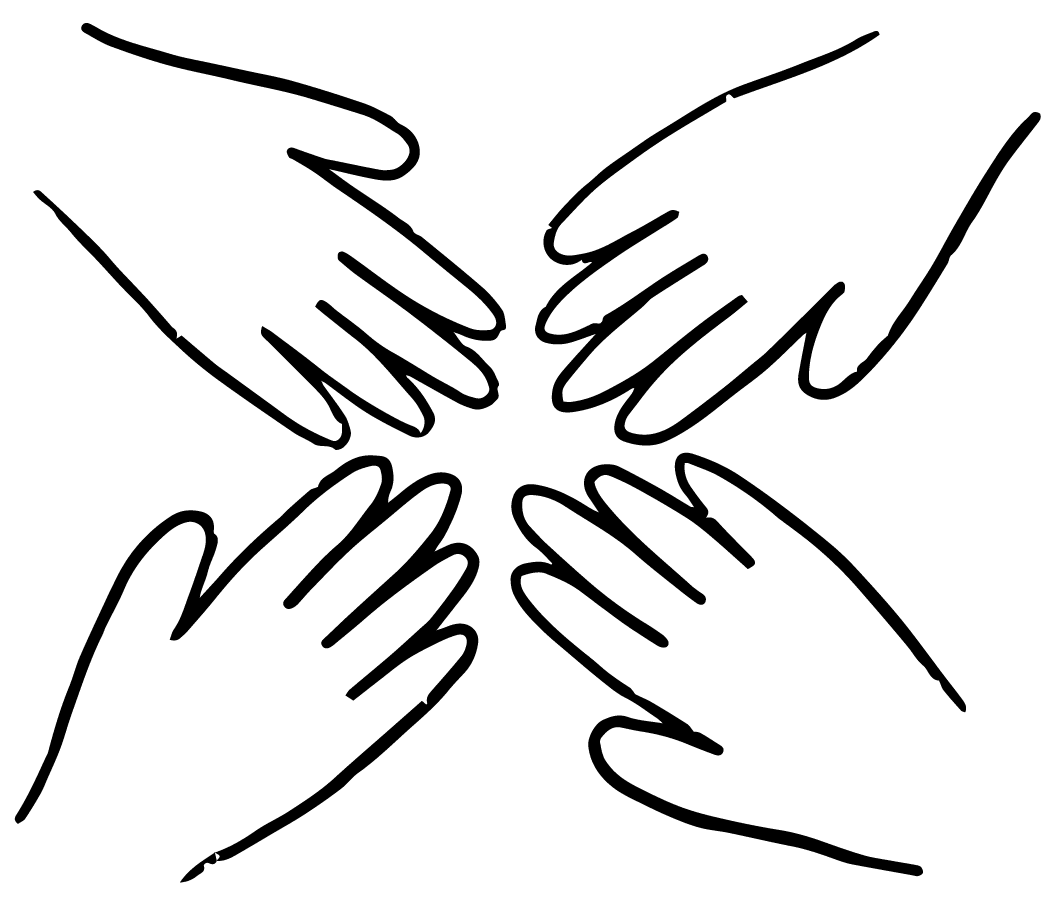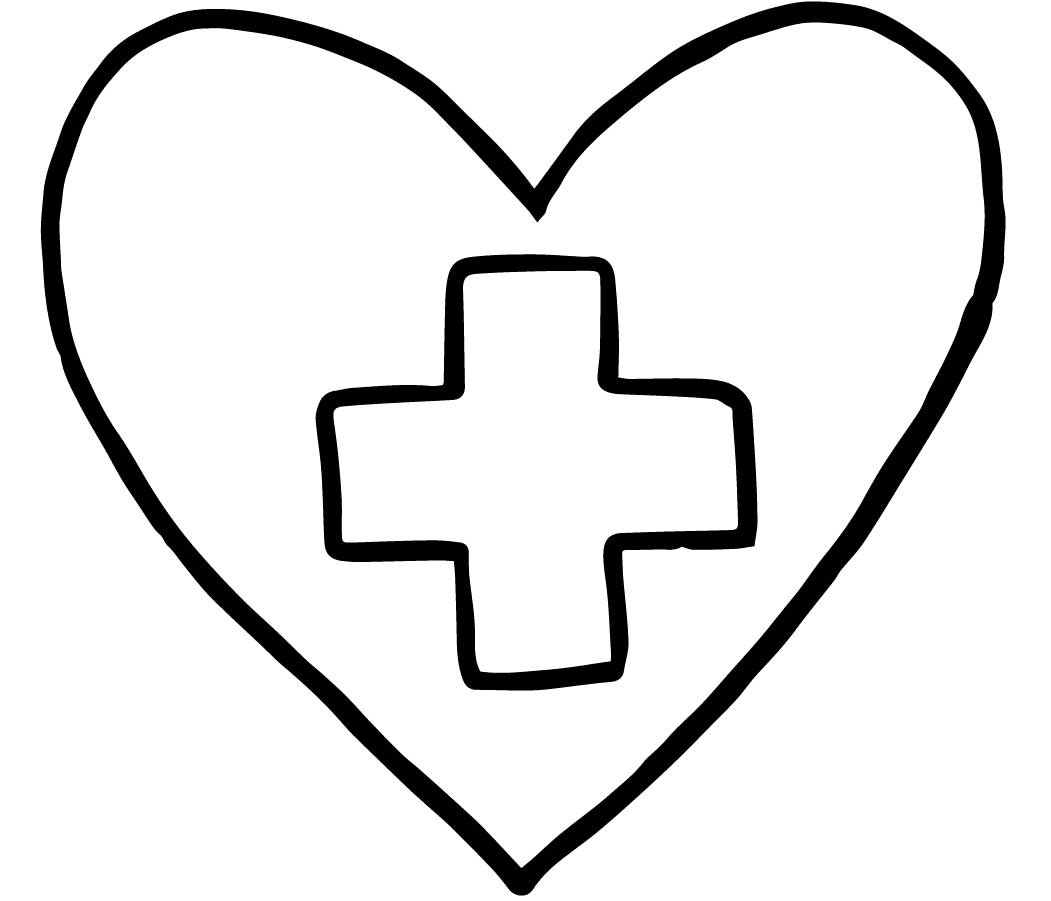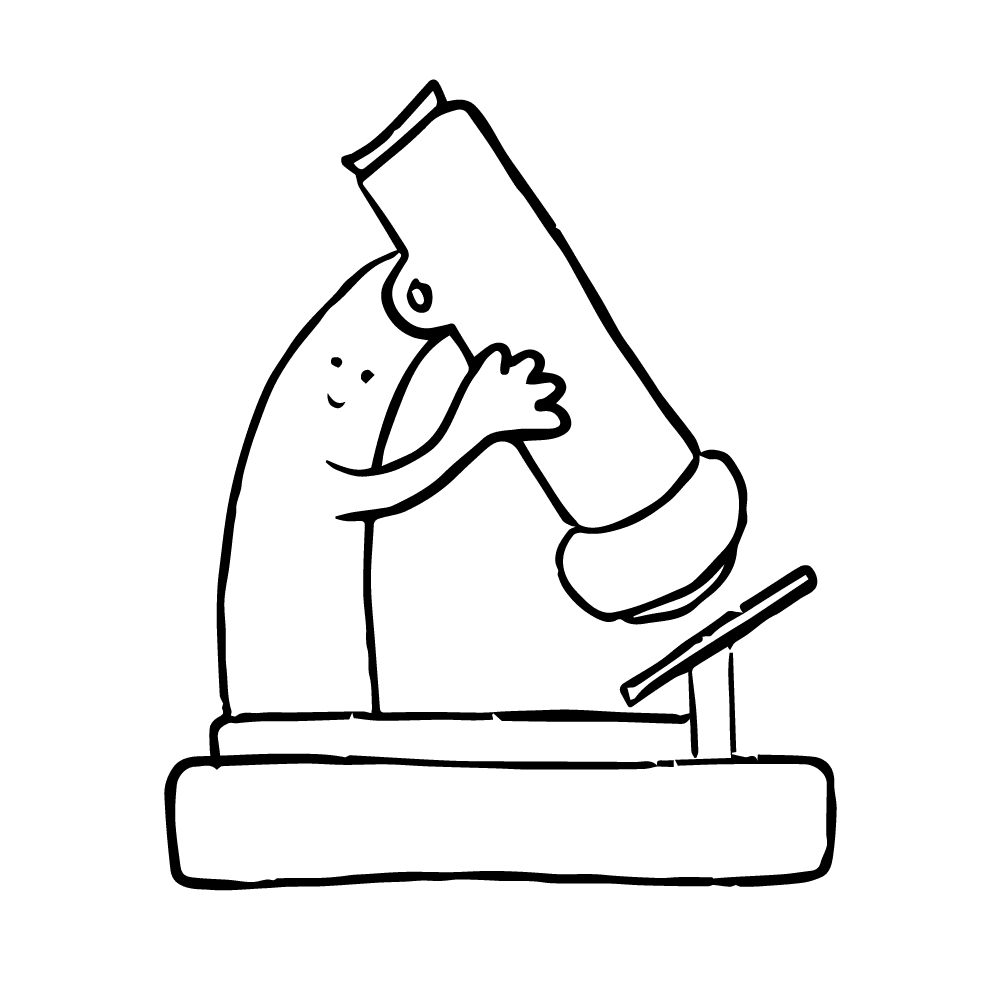A dictionary for all those fucking confusing cancer words.
Active Surveillance
Monitoring the cancer closely, but not giving any treatment unless the cancer is getting worse.
Acute
Symptoms or signs that begin and worsen quickly.
Adjuvant Therapy
Additional cancer treatment given after the primary treatment to lower the risk that the cancer will come back.
Advanced Cancer
Cancer that is unlikely to be cured or controlled with treatment.
Advance Directive
A legal document that states a person’s wishes about receiving medical care if they are no longer able to make medical decisions because of a serious illness or injury.
Aggressive
A tumor or cancer that forms, grows, or spreads quickly. It can also describe treatment that is more severe or intense than usual.
Americans with Disabilities Act (ADA)
A United States law that helps protect the civil rights of people with disabilities. It can help people with disabilities have equal opportunities in employment, public accommodations, transportation, state and local government services, and telecommunications. The ADA can help protect you when cancer prevents or makes it very hard for you to do everyday tasks, but this kind of disability must be permanent or long-term. The ADA also protects people who have had cancer in the past, but are doing well now.
Autoimmune Disease
A condition where the body’s immune system mistakes its own healthy tissues as foreign and attacks them. Most autoimmune diseases cause inflammation that can affect many parts of the body.
Benign
Not cancer.
Biopsy
The removal of cells or tissues for examination by a pathologist.
Blast
An immature blood cell.
Cancer
A disease where abnormal cells grow out of control and beyond their usual boundaries. Cancer is always named for the part of the body where it starts, even if it spreads to other parts of the body later.
Carcinogen
Any substance that causes cancer. More than 500 agents have been identified as possibly carcinogenic to humans, including alcohol, asbestos, arsenic, benzene, beryllium, chloroform, DDT, tobacco, UV rays, and more.
Carcinoma
Cancer that begins in the skin or in tissues that line or cover internal organs.
Chemo Brain
Thinking and memory problems that a person with cancer may have before, during, or after treatment. Signs and symptoms of chemo brain include disorganized behavior or thinking, confusion, memory loss, and trouble concentrating, paying attention, learning, and making decisions.
Chemotherapy
Treatment that uses drugs to stop the growth of cancer cells, either by killing the cells or by stopping them from dividing.
Chronic Disease
A disease or condition that usually lasts for 3 months or longer and may get worse over time.
Clinical Trial
A type of research study that tests how well new medical approaches work in people.
Comorbidity
Having two or more diseases at the same time.
Conventional Treatment
Treatment that is widely used and accepted by most health professionals, such as chemo, surgery, and radiation.
CT Scan
A procedure that uses an x-ray machine to take 3-D pictures of tissues and organs inside the body. A CT scan may be used to help diagnose disease, plan treatment, or find out how well treatment is working.
Cytology
A way of diagnosing cancer by looking at single cells and small clusters of cells under a microscope.
Cytotoxin
A substance that can kill cells.
Diagnostic Test
A type of test used to help diagnose a disease or condition.
Disability Insurance
An insurance plan that pays some of a person’s income when they are disabled from an illness or injury and cannot work.
Drain
A tube used to remove fluid from a body cavity, wound, or infected area.
Early-Stage Cancer
Cancer that is early in its growth and may not have spread to other parts of the body.
Endocrine Therapy (aka Hormone Therapy)
A type of treatment that slows or stops the growth of a cancer that uses hormones to grow.
Family Medical History
A record of current and past illnesses among family members. A family medical history may show a pattern of certain diseases within a family.
Family Medical Leave Act (FMLA)
The Family Medical Leave Act is a federal law that helps employees balance their work and family responsibilities by allowing them to take unpaid leave for certain family and medical reasons. FMLA gives certain employees the right to take up to 12 weeks of unpaid, job-protected leave per year. It also requires that the employee’s group health benefits be maintained during the leave.
Federal Rehabilitation Act
The Federal Rehabilitation Act prohibits employers from discriminating against employees because they have cancer, but it only applies to employees of the federal government, as well as private and public employers who receive public funds.
Fertility Preservation
A procedure used to help keep a person’s ability to have children. A fertility preservation procedure is done before a medical treatment that may cause infertility, such as radiation therapy or chemotherapy.
Five-Year Survival Rate
A figure that explains the percentage of patients with a specific cancer who are still alive five years after diagnosis, adjusted for their representation in the general population.
Genetic Counseling
Working with a genetic counselor to understand personal and family risk of genetic disorders associated with cancer.
Genetic Testing
Analyzing cells or tissue to look for changes in genes, chromosomes, or proteins that may be a sign of a disease or condition, such as cancer.
Grading
A description of a tumor based on how abnormal the cancer cells and tissue look under a microscope and how quickly the cancer cells are likely to grow and spread.
Hospice
A program offering physical, emotional, social, and spiritual support for patients who are near the end of life and have stopped treatment to cure or control their disease. The main goal of hospice care is to control pain and other symptoms of illness so people with cancer can be as comfortable and alert as possible.
Immune Adjuvant
A drug that stimulates the immune system to respond to disease.
Immunocompromised
Having a weakened immune system, resulting in a reduced ability to fight infections and other diseases.
Immunotherapy
A type of therapy that uses substances to stimulate or suppress the immune system to help the body fight cancer, infection, and other diseases.
Incidence
The number of new cases of a disease diagnosed each year.
Informed Consent
A process in which patients are given important information, including possible risks and benefits, about a medical procedure or treatment, genetic testing, or a clinical trial.
In Situ
When cancer is found only in the place it started and has not spread.
Integrative Medicine
Combining conventional (standard) medical treatment with complementary and alternative therapies that have been shown to work.
Invasive Cancer
Cancer that has spread beyond the layer of tissue in which it developed and is growing into surrounding, healthy tissues.
Leukemia
Cancer that starts in blood-forming tissue, such as the bone marrow, and causes large numbers of abnormal blood cells to be produced and enter the bloodstream.
Lifetime Risk
The chances that a certain event will happen during a person’s lifetime.
Localized
Localized cancer is usually found only in the tissue or organ where it began, and has not spread to nearby lymph nodes or other parts of the body.
Lymph Node
Part of the body’s immune system.
Lymphoma
Cancer that begins in cells of the immune system.
Maintenance Therapy
Treatment to help keep cancer from coming back after it has disappeared following the initial therapy.
Malignant
Cancerous.
Melanoma
A type of skin cancer that develops when melanocytes (the cells that give the skin its tan or brown color) start to grow out of control.
Metastatic
When cancer has spread from the primary site (place where it started) to other places in the body.
Myeloma
Cancer that arises in plasma cells.
Neoadjuvant Therapy
Treatment given as a first step to shrink a tumor. Examples include chemotherapy, radiation therapy, and hormone therapy.
Neoplasm
An abnormal mass of tissue that forms when cells grow and divide more than they should or do not die when they should. Neoplasms may be benign or malignant.
Neuropathy
A nerve problem that causes pain, numbness, tingling, swelling, or muscle weakness. It usually begins in the hands or feet and gets worse over time.
Night Sweats
Episodes of excessive sweating that occur during sleep.
Oncofertility
The medical field that bridges the specialties of oncology and reproductive endocrinology with the purpose of maximizing the reproductive potential of cancer patients and survivors.
Oncologist
A doctor who has special training in diagnosing and treating cancer.
Ostomy
An operation to create an opening (a stoma) from an area inside the body to the outside.
Pack Year
A way to measure the amount a person has smoked over a long period of time.
Palliative Care
Care given to to prevent or treat as early as possible the symptoms of a disease, side effects caused by treatment of a disease, and psychological, social, and spiritual problems related to a disease or its treatment.
Pathologist
A doctor that diagnoses the stage and type of cancer.
Patient Navigator
A person who helps guide a patient through the healthcare system.
PET Scan
A procedure in which a small amount of radioactive glucose is injected into a vein, and a scanner is used to take detailed pictures of areas inside the body where the glucose is taken up. Because cancer cells often take up more glucose than normal cells, the pictures can be used to find cancer cells in the body.
PICC Line
A device used to draw blood and give treatments, including IV fluids, drugs, or blood transfusions. A PICC may stay in place for weeks or months and helps avoid the need for repeated needle sticks.
Port
A device used to draw blood and give treatments, including IV fluids, blood transfusions, or drugs. The port is placed under the skin and attached to a catheter. A needle is inserted through the skin into the port. A port may stay in place for many weeks, months, or years.
Precancerous
A condition that may (or is likely to) become cancer.
Psychosocial
The mental, emotional, social, and spiritual effects of cancer.
Quality of Life
The overall enjoyment of life. Many clinical trials assess the effects of cancer and its treatment on the quality of life.
Radiation Therapy
A cancer treatment that uses high doses of radiation to kill cancer cells and shrink tumors.
Reconstructive Surgery
Surgery that is done to reshape or rebuild (reconstruct) a part of the body changed by previous surgery.
Recurrence
Cancer that has come back, usually after a period of time when it could not be detected.
Red Blood Cell
A type of blood cell that is made in the bone marrow and found in the blood.
Red Devil
A common nickname used for Doxorubicin, a chemo drug and antitumor antibiotic. Red Devil gets its name from its bright red color and gnarly side effects
Remission
A decrease in or disappearance of signs and symptoms of cancer.
Risk Factor
Something that increases the chance of developing cancer.
Sarcoma
A type of cancer that begins in bone or in the soft tissues of the body.
Second Opinion
Getting the opinion of a doctor other than the patient’s current doctor. The second doctor reviews the patient’s medical records and gives an opinion about the patient’s health problem and how it should be treated. A second opinion may confirm or question the first doctor’s diagnosis and treatment plan, give more information about the person with cancer’s disease or condition, and offer other treatment options.
Scanxiety
Apprehension, anxiety, or worry felt by people who have or have had cancer as they wait for their next scan or the results of a scan.
Stage
The extent of a cancer in the body. Staging is usually based on the size of the tumor, whether lymph nodes contain cancer, and whether the cancer has spread from the original site to other parts of the body.
Stoma Bag
A pouch made from a soft, waterproof material to collect urine or feces outside of the body as the result of an ostomy surgery.
Survival Rate
The percentage of people who are still alive for a certain period of time after they were diagnosed with or started treatment for cancer.
Survivor
This one can feel confusing and personal. Some people call themselves a “survivor” starting the day they are diagnosed to acknowledge that they are surviving it. Other people feel good with “survivor” only once they’re in remission, while others will call themselves “patient” for the rest of their lives.
Survivorship
The health and well-being of a person with cancer from the time of diagnosis until the end of life, including the physical, mental, emotional, social, and financial effects of cancer.
Terminal Cancer
Cancer that cannot be cured and leads to death.
Transfusion
A procedure in which whole blood or parts of blood are put into a patient’s bloodstream through a vein.
Treatment Plan
A detailed plan with information about a patient’s cancer, the goal of treatment, the treatment options and possible side effects, and the expected length of treatment.
Tumor
An abnormal mass of tissue that forms when cells grow and divide more than they should or do not die when they should. Tumors may be benign or malignant.
White Blood Cell
A type of blood cell that is made in the bone marrow and found in the blood and lymph tissue. White blood cells are part of the body’s immune system.
504 Plan
An education plan for students with disabilities or certain health conditions, such as cancer. By law, these students must have the same access to school programs and activities as students without disabilities.








